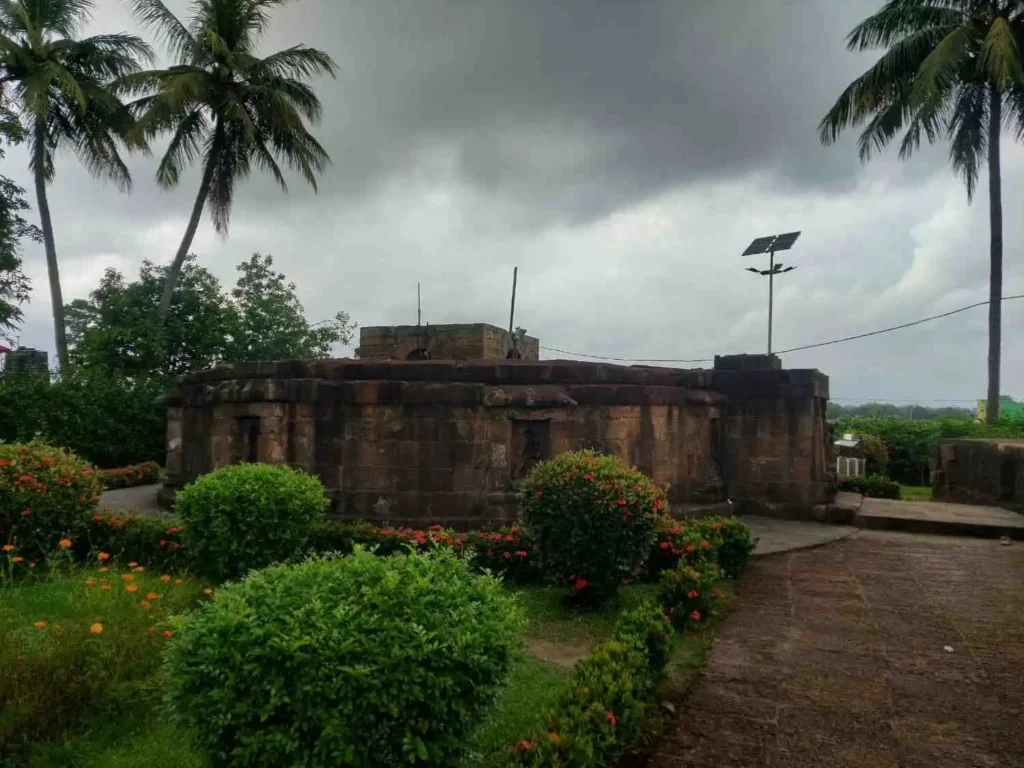Introduction: Why the Ganesh Temples at Puri Matter
When we think of Puri, our minds immediately picture the grand Jagannath Temple. Moreover, did you know that within its sacred walls lie three beautiful temples dedicated to Lord Ganesh? These temples are not just stone structures — they are spiritual powerhouses that hold centuries of devotion, tradition, and art.
Whether you are a Ganesh bhakt, a follower of Jagannath culture, or someone who seeks peace in spiritual architecture, the Ganesh temples at Puri, therefore, offer a unique experience you can’t miss.Ganesh Temples Inside Jagannath Complex: A Divine Trio
Southern Side Ganesh Temple – The Dancing Ganesh
Located on the southern inner enclosure, this temple stands as a striking example of Odishan rekha architecture. Additionally, it holds great significance in the spiritual layout of the complex.
✦ Highlights:
- Built with laterite and sandstone, facing south.
- Moreover, it houses an 8-armed black chlorite Ganesh in a dancing pose.
- Furthermore, it features intricately carved door jambs with Gaja-Lakshmi and Navagraha motifs.
- Estimated construction period: Early 14th century AD.
Bata Ganesh Temple – The Guardian of the Path
Tucked near the Nata Mandapa, this small shrine holds great religious significance for locals and pilgrims alike. Additionally, it continues to attract daily devotees with deep faith.
✦ Highlights:
- Firstly, a simple Pidha style structure, about 15 feet in height.
- Moreover, the seated Ganesh holds rosary, tusk, parashu, and a pot of laddus.
- In addition, walls of the adjoining hall display paintings of Durga and Lakshmi.
- Finally, construction likely during the 16th century AD.
Kanchi Ganesh Temple – A Tale of Victory and Devotion
Located on the western side, this temple carries a fascinating legend—King Purushottama Deva brought the Ganesh idol from Kanchi as a victory trophy. Interestingly, this connection gives the temple a historical as well as spiritual significance.
✦ Highlights:
- Firstly, it features three parts: vimana, jagamohana, and nata mandapa.
- Moreover, Ganesh here is different from traditional Odia style, symbolizing his Kanchi origin.
- In addition, the deity holds tusk, rosary, parashu, and even embraces Shridha Devi.
- Finally, the estimated date of construction is the 15th century AD.
Why These Temples Are So Special
- Reflecting Odisha’s historic Ganapatya cult.
- Showcase unique forms and postures of Ganesh (dancing, seated, victorious).
- Deeply intertwined with Jagannath rituals and legends.
- Loved by scholars of art history and spirituality alike.
People Also Ask (FAQs)
1. How many Ganesh temples are there inside Jagannath Temple?
2. What is the story behind Kanchi Ganesh at Puri?
3. Why is Lord Ganesh worshipped at Puri?
4. What is unique about the Ganesh idol in the southern side temple?
5. Can devotees visit all Ganesh shrines inside Jagannath Temple?
A Spiritual Call to All Devotees and Seekers
If you are someone who finds solace in the divine smile of Ganesh or are curious about Odisha’s rich temple heritage, then surely don’t miss these shrines the next time you’re at Puri. Moreover, these temples hold deep cultural and spiritual significance that enrich every visitor’s experience.
Furthermore, whether you’re offering a simple prayer or seeking a deeper spiritual connection, the Ganesh Temples at Puri are more than sacred—they’re truly soul-nourishing. Additionally, they invite you to connect with centuries of devotion and peace.Final Thoughts
Planning a spiritual trip to Puri? Don’t just stop at the main sanctum. Instead, make time for the Ganesh Temples at Puri and experience the blessings, legends, and beauty carved in stone.
Moreover, share this blog with fellow devotees and help them uncover the lesser-known treasures of Puri.


